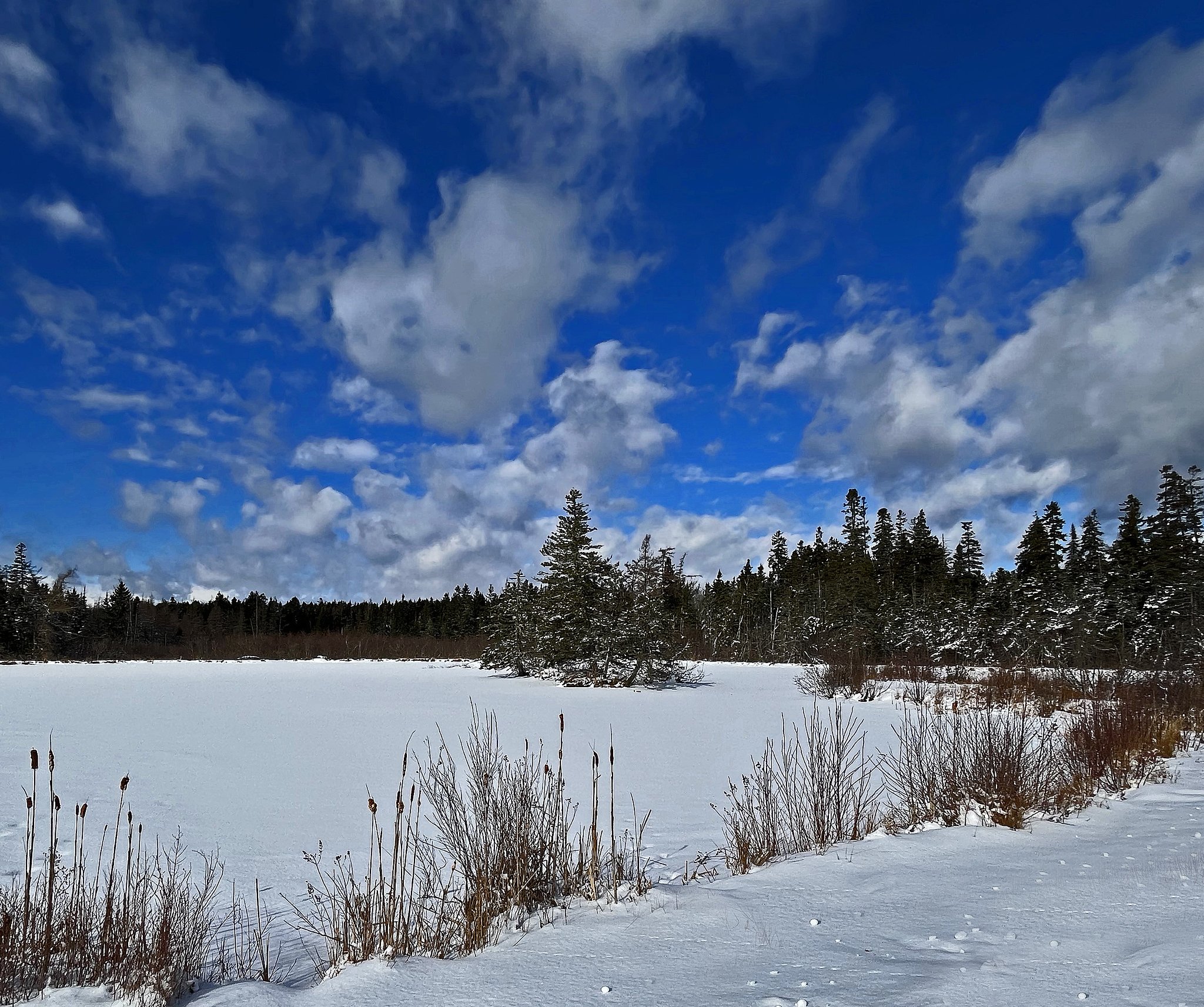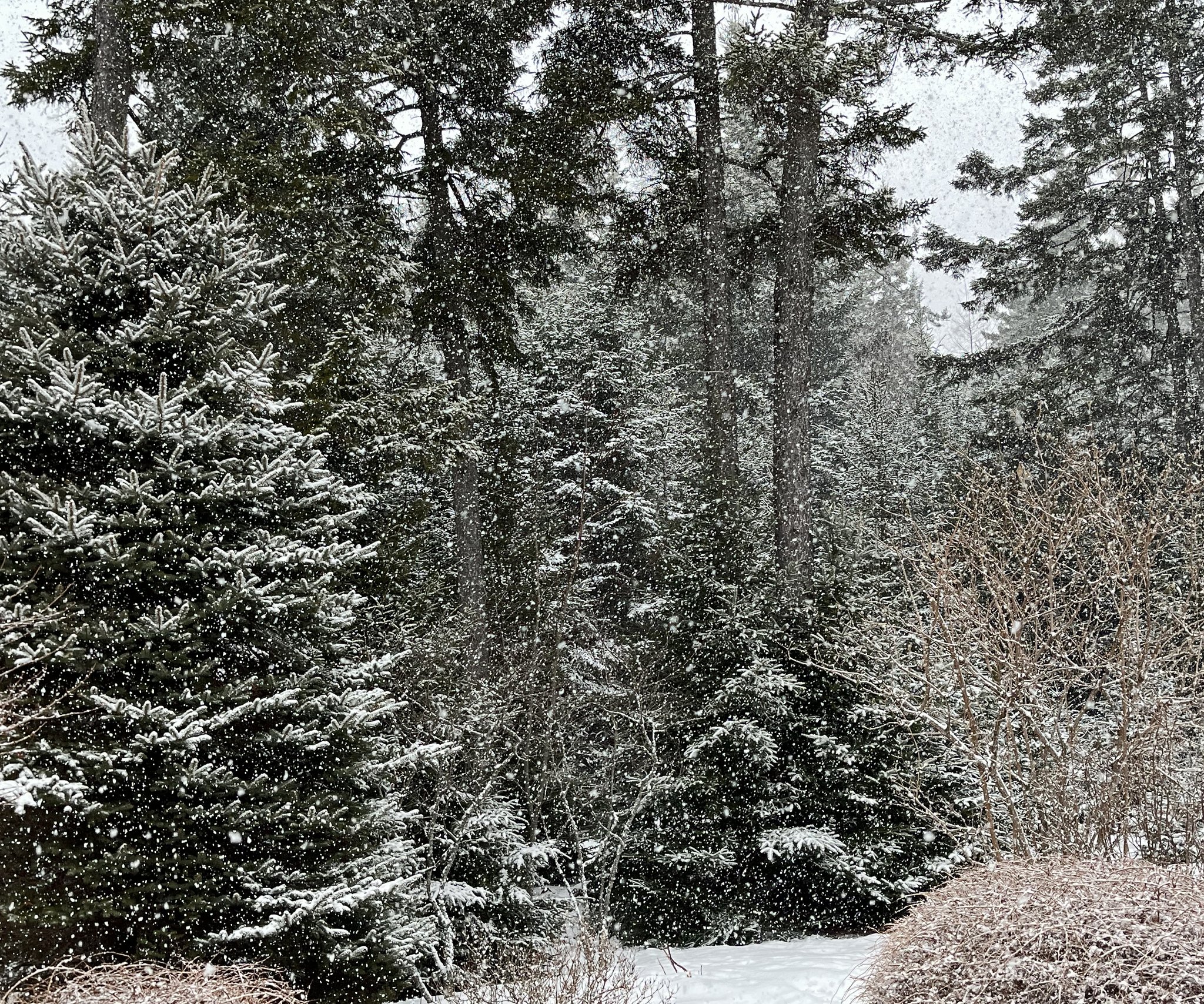February, our shortest month, generally is considered to be the last month of winter. But, up here, you never know. Nonetheless, February is named after the Roman festival of Februa, which was a time of cleansing. In that sense, this February lived up to its name.
It was filled with polite, purifying snows followed by bright sunlight, with a few gray. rainy, and bitter cold days tossed in so that we don’t get spoiled. Although a short month, there were plenty of sights worthy of sending “Wish You Were Here” postcards about.
As usual, we begin with our four iconic sights on the Blue Hill Peninsula, which includes the towns of Brooklin and Blue Hill: The mountains of Mount Desert Island, as seen from Brooklin: the summer house on Harbor Island in Brooklin’s Naskeag Harbor; the near-mountain called Blue Hill, as seen from across Blue Hill Bay in the Town of Blue Hill, and the red boathouse in Blue Hill Bay’s Conary Cove:







































































































